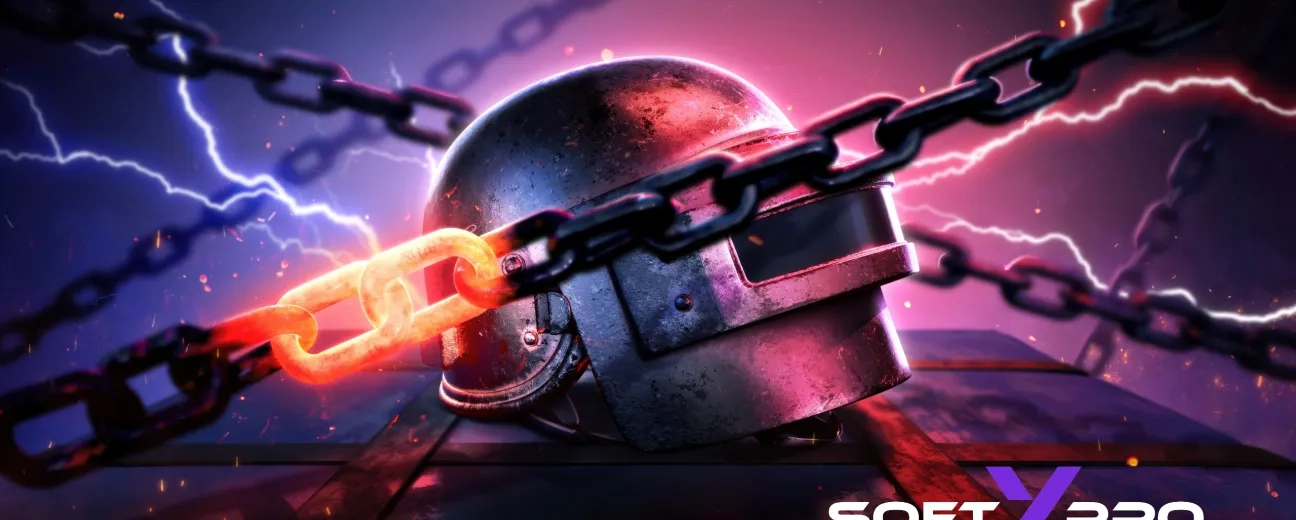Cyber Resilience in 2025: How to Fortify Your Digital Platform

Cyber attacks are no longer a matter of if, but when. In 2025, resilience is the new defense.
As digital platforms become the backbone of global business, the threat landscape has evolved into a complex battlefield. From AI-powered phishing to multi-vector ransomware, attackers are faster, smarter, and more coordinated than ever. The question is no longer how to avoid every breach, but how to withstand, respond, and recover - fast.
Why Cyber Resilience Is the New Competitive Advantage
Cyber resilience is more than cybersecurity. It is the ability to anticipate, withstand, and recover from cyber incidents without disrupting business operations. In 2025, this capability is a strategic differentiator.
According to Palo Alto Networks, 70% of cyber incidents now span multiple attack surfaces, including cloud, endpoints, and identity systems. This means traditional perimeter defenses are no longer sufficient. Organizations must operate at machine speed, leveraging AI-driven threat intelligence and automated response systems to stay ahead.
So how do you build resilience into the DNA of your digital platform?
1. Move from Reactive to Predictive Defense
Waiting for alerts is no longer a viable strategy. Predictive defense uses AI and machine learning to detect anomalies before they escalate into breaches. Platforms like SoftXPro integrate real-time monitoring and automated threat detection to identify suspicious behavior across cloud infrastructure, APIs, and user sessions.
The World Economic Forum emphasizes the importance of predictive models and real-time threat correlation in building resilient ecosystems. By anticipating how disruptions propagate, businesses can contain threats before they spread.
- Deploy AI-powered threat detection tools
- Use behavioral analytics to flag anomalies
- Automate patching and vulnerability scanning
Imagine knowing your system is under attack before the first alert even fires. That is the power of predictive defense.
2. Strengthen the Human Firewall
Technology alone cannot stop cyber threats. Human error remains a top cause of breaches. That is why workforce education is a cornerstone of cyber resilience.
As outlined in Edstellar's 2025 guide, organizations must invest in continuous training, phishing simulations, and clear security policies. Empowering employees to recognize and report threats can significantly reduce risk exposure.
At SoftXPro, we help clients implement role-based access controls and enforce least privilege principles - ensuring users only access what they need, when they need it.
After all, your people can be your weakest link - or your strongest defense.
3. Build a Resilient Architecture with Zero Trust Principles
Zero Trust is not a buzzword. It is a mindset. In a Zero Trust model, no user or device is trusted by default - even inside the network. Every access request is verified, every session is monitored, and every anomaly is investigated.
According to Allianz, digital supply chains and third-party integrations are expanding the attack surface. A Zero Trust architecture helps mitigate these risks by enforcing strict authentication and segmentation across systems.
SoftXPro’s maintenance and support services include Zero Trust assessments and implementation strategies tailored to your platform’s architecture.
- Enforce multi factor authentication (MFA)
- Segment networks and isolate critical assets
- Continuously validate trust across all endpoints
Trust nothing. Verify everything. That is how you stay resilient in a trustless digital world.
4. Automate Incident Response and Recovery
Speed is everything during a cyber incident. The longer it takes to detect and respond, the greater the damage. Automation is the key to reducing dwell time and accelerating recovery.
ZeroFox highlights the value of automated playbooks, real-time alerts, and AI-powered analysis in minimizing response times. These tools allow security teams to contain threats, isolate affected systems, and restore operations with minimal disruption.
SoftXPro helps clients design and test incident response plans that integrate with their DevOps workflows, ensuring that recovery is not just possible - it is predictable.
Would your team know what to do if your platform went dark tomorrow? If not, it is time to automate your response.
5. Monitor Continuously and Adapt Relentlessly
Cyber resilience is not a one time project. It is a continuous process of monitoring, learning, and adapting. Threat actors evolve daily - so must your defenses.
Continuous security posture assessment, as recommended by Palo Alto Networks, ensures that vulnerabilities are identified and addressed before they are exploited. This includes regular audits, red teaming, and threat hunting exercises.
SoftXPro’s clients benefit from ongoing monitoring and proactive maintenance, ensuring their platforms remain secure and compliant as threats evolve. Explore our portfolio of resilient solutions to see how we do it.
Cyber resilience is not a destination. It is a journey - and the road is always changing.
Final Thoughts: Resilience Is the New Readiness
In today’s digital economy, resilience is not just about surviving cyber attacks. It is about thriving despite them. By combining predictive defense, human awareness, Zero Trust architecture, automated response, and continuous monitoring, organizations can build platforms that are not only secure - but unstoppable.
At SoftXPro, we help businesses around the world turn cybersecurity into a strategic advantage. Book a free strategy call to explore how we can fortify your digital platform for the threats of tomorrow.
